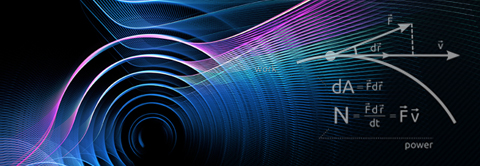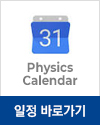| 날짜 | 2020-09-22 09:30 |
|---|---|
| 연사 | |
| 장소 | Zoom webinar |
Here we announce our “Quantum- and Nano-Photonics Seminar Series”.
This is the online seminar series organized by KAIST Nanophotonics Cross-Generation Collaborative Lab with the aim to offer a place for the discussion about the recent progress in Quantum- and Nano-Photonics from fundamental to device applications. Experts on various subfields of Quantum- and Nano-Photonics will be invited to give a talk. This seminar is open to anyone who is interested in this topic.
The information for the first talk is given below.
1. Speaker: Prof. Xu Yi (Univ. of Virginia, USA)
2. Title: Physics and applications of soliton microcombs
3. Venue: Zoom webinar
4. Data/Time: September 22nd 9:30 AM
5. Registration is required. For registration, please send the following information to nplab.kaist@gmail.com. (due: 9/20).
- The title of talk that you want to attend (for this first talk, the tile is “ Physics and applications of soliton microcombs”)
- Your name / affiliation
- We will send you the information to access this webinar on Sep. 21st







